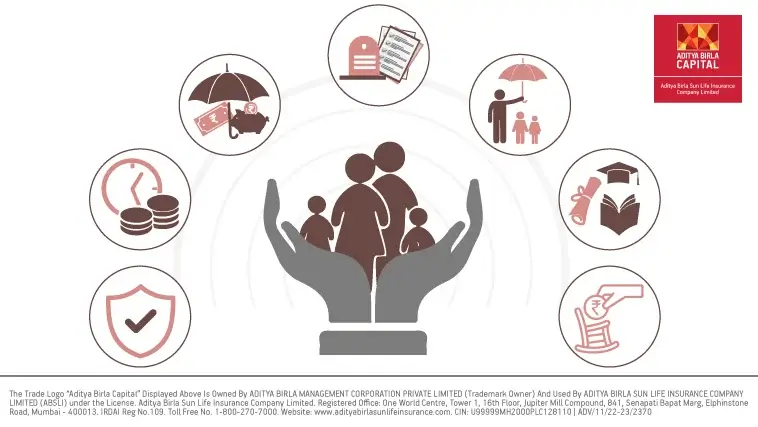Before you buy life insurance, one of the key areas to look into is the set of factors that affect the insurance premium.
Some of these, you may already be familiar with. The type of plan, the amount of coverage, and your age - all of these affect your life insurance premium.
How Does Your Occupation Affect Your Life Insurance Premium?
When deciding your life insurance premium, insurance service providers take many factors into account. One of these factors is your occupation. As you’ll no doubt agree, some occupations are riskier than others. If the risk factor associated with your occupation is higher, the premium charged by your insurer will also be higher.
Generally, an occupation or a job is considered riskier if it comes with an increased possibility of the person’s demise. For example, take the case of on-the-road sales representatives, or heavy vehicle drivers. These people spend a great deal of time on the road. And as a result, they are under greater danger of suffering from a road accident. This directly increases the risk linked to their job.
And when a person with a risky job applies for a life insurance plan, this impacts the premium they need to pay.
What Are Some Examples Of High-risk Jobs?
The exact list of what jobs are risky will vary from one insurer to the next. However, here’s an illustrative list of some jobs that are generally classified as high-risk.
But here’s something else - your occupation can also influence the premium you pay! Curious to know more? Here are the details.
On the other hand, jobs like teaching and bookkeeping, and job roles like government officers, secretaries and assistants carry much lower risk. People in these jobs may enjoy comparatively lower premiums, if all other factors remain the same.
Why Are People In High-risk Occupations Charged A Higher Premium?
As you saw earlier, the mortality risk - or the possibility of people in these jobs meeting an unexpected death - is higher. So, what does this mean for the insurer? It means that the chances of them having to pay out the death benefits are higher.
So, to cover this increased risk, insurers charge a higher premium from people who are occupied in high-risk jobs.
If My Job Is Classified As High-risk, How Much Additional Premium Do I Have To Pay?
The exact amount of premium that you need to pay will vary from one insurer to another. It will also depend on other factors like the type of plan you choose, the add-on benefits you opt for, your age, lifestyle, medical history, and the amount of cover, among others. If your insurer offers an online tool to determine the quote, you can make use of that to check how much premium you would have to pay.
So, this sums up the basics of how your occupation affects your life insurance premium. If your insurer asks for the details of your occupation at the time of purchase, ensure that you answer it correctly, so your insurance cover remains valid over the term you choose.
TOP-UPS VS. RIDERS!, AND HOW TO REDUCE YOUR PREMIUM
While we’re on the subject of insurance premiums, did you know that top-ups and riders! can lead to increased premiums? Find out how top-ups and riders! are different, and check out how you can reduce your premium in our blog.
ENJOY LIFE COVERAGE AT AFFORDABLE PREMIUMS!
Looking for a plan that gives you a substantial life cover at nominal premiums? The ABSLI DigiShield Plan may just be what you’re searching for.
Plus, it also comes with a Return of Premium option!










